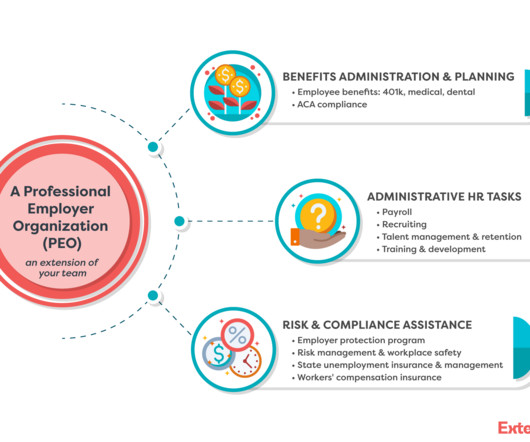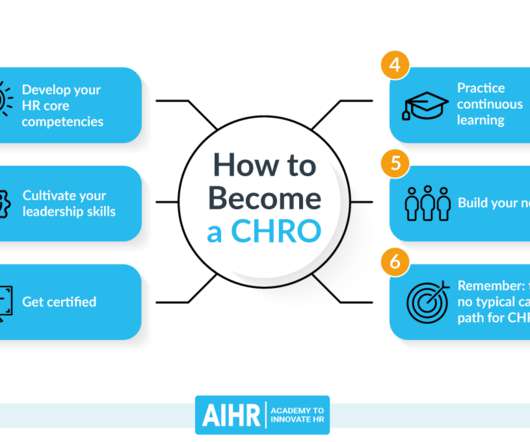Want a Career in Human Resources? Your In-Depth (2023) Guide
Analytics in HR
SEPTEMBER 7, 2023
Learning and development: HR helps with employee career development to help upskill employees and address skills gaps. Employee relations: HR provides accurate and timely information to employees to build good working relationships and boost employee engagement and retention.
























Let's personalize your content